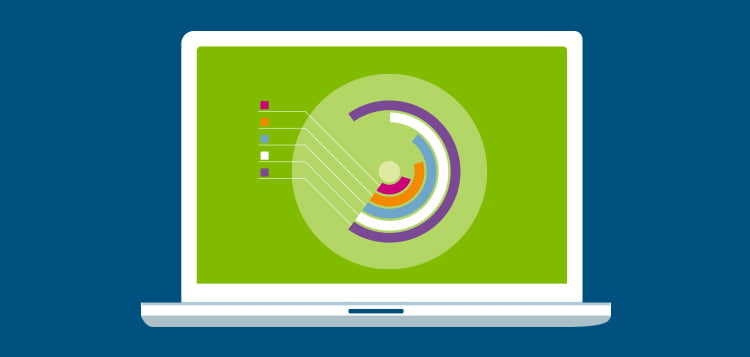The Evolution Of Site Design: From Past To Existing
The Evolution Of Site Design: From Past To Existing
Blog Article
Staff Writer-Hartley Trolle
In the past, sites were basic and concentrated on info. Navigation was straight, and style was for desktops. Now, customer experience is vital. Information overviews layouts for simple navigation. Receptive designs fit different tools. Today, dark setting minimizes strain, and minimalist menus enhance navigation. Interactive features engage individuals, and strong visuals stand apart. AI integration increases engagement. See how style has actually advanced to improve your on-line trip.
Early Days of Web Design
In the very early days of website design, simpleness reigned supreme. Internet sites were standard, with minimal colors, typefaces, and layouts. The emphasis was on offering information rather than flashy visuals. Users accessed the net through slow-moving dial-up links, so rate and performance were vital.
Navigation menus were straightforward, generally located at the top or side of the page. Sites were designed for home computer, as mobile surfing wasn't yet prevalent. Material was king, and designers prioritized simple readability over complex design components.
HTML was the main coding language utilized, and developers had to function within its restraints. Visit Web Page and interactive attributes were minimal contrasted to today's requirements. Sites were fixed, with little dynamic web content or personalized user experiences.
Surge of User-Focused Layout
With the development of site layout, a shift in the direction of user-focused style concepts has actually become progressively popular. Today, creating internet sites that focus on individual experience is vital for involving visitors and attaining business goals. User-focused design entails comprehending the needs, choices, and actions of your target market to tailor the website's layout, web content, and features accordingly.
Developers currently carry out thorough research, such as customer surveys and usability screening, to collect insights and responses straight from customers. This data-driven technique aids in producing intuitive navigation, clear calls-to-action, and visually enticing user interfaces that resonate with visitors. By putting the individual at the facility of the design procedure, websites can deliver a more tailored and pleasurable experience.
Responsive design has actually also become a crucial aspect of user-focused style, guaranteeing that sites are maximized for different devices and screen sizes. This adaptability enhances ease of access and usability, catering to the diverse ways customers interact with sites today. Fundamentally, the surge of user-focused design signifies a shift towards creating digital experiences that focus on the demands and expectations of completion customer.
Modern Trends in Web Design
Check out the most recent patterns shaping web design today. One popular pattern is dark setting style, supplying a streamlined and modern look while decreasing eye pressure in low-light environments. One more vital pattern is minimal navigation, simplifying menus and boosting user experience by concentrating on essential elements. Integrating micro-interactions, such as computer animated switches or scrolling effects, can develop an extra interesting and interactive site. Receptive design continues to be crucial, making sure smooth customer experiences throughout numerous tools. In addition, utilizing vibrant typography and asymmetrical layouts can include aesthetic rate of interest and accentuate specific material.
Integrating AI technology, like chatbots for consumer support or individualized suggestions, enhances user involvement and enhances procedures. Availability has additionally come to be a significant fad, with developers focusing on inclusive design practices to accommodate diverse user requirements. Accepting sustainability by enhancing internet site performance for rate and efficiency is an additional arising pattern in website design. Working together with user comments and information analytics to repeat and improve layout continuously is essential for staying pertinent in the ever-evolving digital landscape. By embracing these contemporary fads, you can develop an aesthetically enticing, straightforward internet site that reverberates with your audience.
Verdict
As you assess the evolution of internet site style from the early days to currently, you can see just how user-focused layout has actually ended up being the driving pressure behind modern fads.
Embrace the trip of adjustment and adjustment in website design, always maintaining the individual experience at the forefront.
Tippingpointdigital
Keep existing with the current trends and modern technologies, and never ever stop evolving your strategy to develop aesthetically magnificent and easy to use sites.
Progress, adjust, and create - the future of website design is in your hands.
